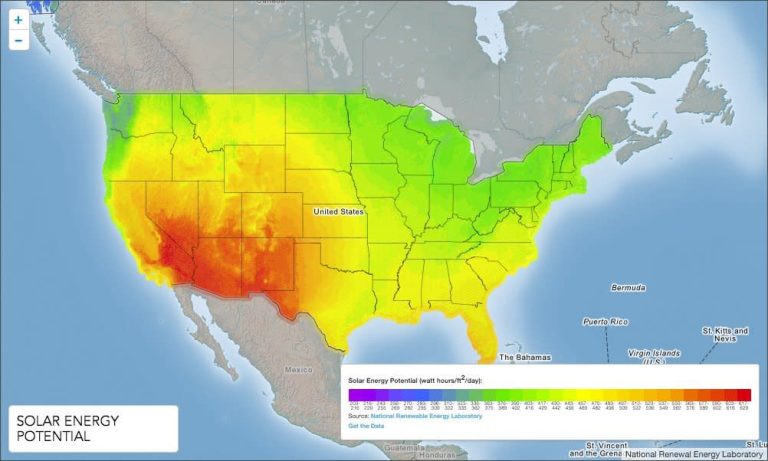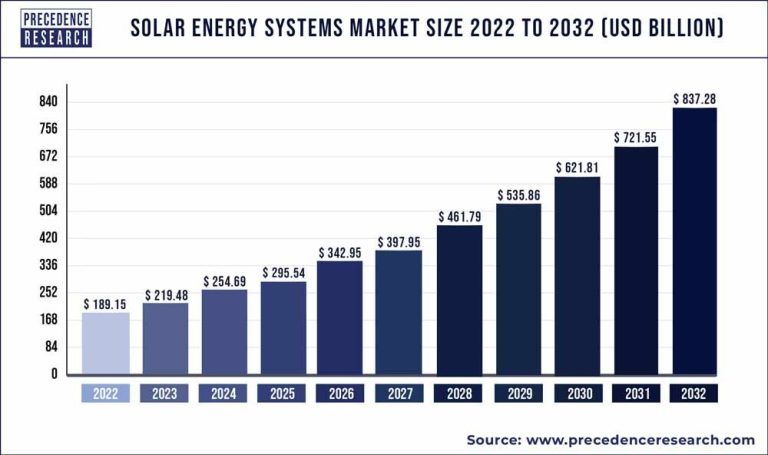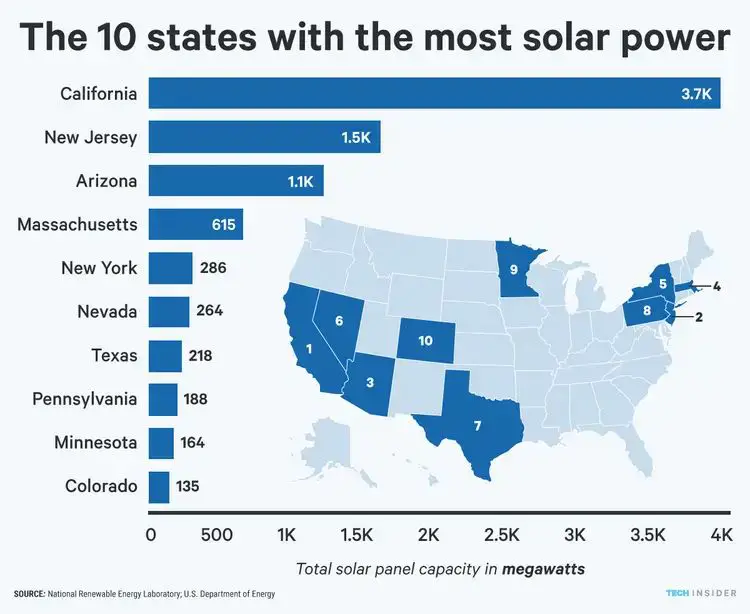What Is The Impact Factor Of Solar Energy Materials And Solar Cells 2018?
The impact factor is an important metric used to evaluate academic journals. It measures the frequency with which an average article in a journal has been cited over a particular period of time. The impact factor helps indicate the relative importance of a journal within its field and is often used as a proxy for the quality of a journal.
Impact factors are calculated and published annually by Clarivate Analytics in the Journal Citation Reports. They are one of the criteria used by academic institutions in evaluating the merit of faculty and research output. Journals with higher impact factors are often perceived as more important than those with lower ones.
Definition of Impact Factor
The impact factor is a measure that reflects the frequency with which the average article in a journal has been cited in a particular year. It is calculated annually for academic journals by Clarivate Analytics and is published in the Journal Citation Reports. The impact factor aims to provide an approximate indication of the prestige and influence of a journal within its field. According to Wikipedia (https://en.wikipedia.org/wiki/Impact_factor), it is “used to compare journals within a field”.
Specifically, the impact factor of a journal for a given year is calculated by dividing the number of citations in that year to articles published in the previous two years by the number of articles published in the previous two years. For example, the 2022 impact factor for a journal would be calculated as follows:
2022 Impact Factor = (Citations in 2022 to articles published in 2020 + 2021) / (Number of articles published in 2020 + 2021)
Thus, the impact factor provides an approximation of the average number of citations in a given year that recent articles in that journal have received. It aims to measure the frequency with which current work in that journal is being cited and indicate the importance or influence of the journal.
Calculation Method
The impact factor is calculated based on a two-year period. It is calculated by dividing the number of citations in the current year to articles published in the two previous years by the total number of articles published in the two previous years (Clarivate).
For example, the 2018 impact factor for a journal would be calculated as follows:
A = Total number of citations in 2018 to articles published in 2016-2017
B = Total number of articles published in 2016-2017
2018 Impact Factor = A/B
So the impact factor calculation looks specifically at the number of citations to the journal in a current year to articles published in the previous two years, divided by the number of articles published in those previous two years. This aims to provide an average number of citations to recent articles published in that journal.
Significance and Use
The impact factor is used as an indicator of the importance and influence of academic journals. It provides a quantitative measure of how frequently articles published in a given journal are cited by other researchers over a specific time period (Source). Journals with higher impact factors are considered to be more important and carry more prestige in their field.
The impact factor is one way for librarians, researchers, and administrators to assess the relative standing of journals within a discipline. It is often used in ranking academic journals to determine which titles to subscribe to, which ones are the most prestigious to publish in, and how to evaluate the productivity of researches based on where they publish (Source).
In particular, the impact factor is used to compare journals within the same field, as impact varies widely between disciplines. It provides a standardized way to gauge a journal’s reach and influence in its area of specialty. The higher a journal’s impact factor, the more citations its articles receive on average, signifying higher priority and prestige.
Criticisms
The impact factor has received criticism over the years for a variety of reasons. Some key limitations and controversies surrounding the impact factor include:
It is a flawed measure of an individual paper’s quality or importance, yet it is often used to evaluate researchers for hiring, promotion, and funding decisions (https://en.wikipedia.org/wiki/Impact_factor). The distribution of citations in journals is highly skewed, so the impact factor says little about a typical paper in a journal.
It contains a calculation artifact that allows journal editors to manipulate the metric through editorial policies that encourage self-citations and discourage citations of other journals (https://www.ncbi.nlm.nih.gov/pmc/articles/PMC6109637/). This distorts the metric away from measuring real impact.
It encourages publication of safe, mainstream science and discourages publication of innovative results with a high risk of being wrong. Papers have to accumulate citations quickly, discouraging slow-burning ideas that accrue citations over time (https://en.wikipedia.org/wiki/Impact_factor).
The two-year window for citations favors fields with a rapid publication cycle, like biomedicine, and disadvantages slower-moving fields. It also does not capture long-term importance and impact over decades (https://en.wikipedia.org/wiki/Impact_factor).
There are delays between online publication and index inclusion, so recently published articles are undercounted. Retracted articles continue to accrue citations, inflating impact factors (https://en.wikipedia.org/wiki/Impact_factor).
Solar Energy Materials and Solar Cells Journal
Solar Energy Materials and Solar Cells is a peer-reviewed scientific journal published by Elsevier. The journal covers research related to materials, processes, and devices for the conversion and storage of solar energy, including photovoltaics, photothermal and photocatalysis technologies.
The journal was established in 1979 under the title Solar Energy Materials. It obtained its current title in 2001 to reflect an increased focus on solar cell research. Solar Energy Materials and Solar Cells publishes original research papers, review articles, and short communications on a bimonthly basis.
According to the journal’s aims and scope, it focuses on photovoltaics, solar thermal systems, solar radiation materials, balance of system components, and manufacturing technologies. Specific topics covered include solar cell materials, solar module engineering, solar collectors, thermal storage, and system integration. The editor-in-chief is Prof. Lukas Schmidt-Mende of the University of Konstanz in Germany.
2018 Impact Factor
According to the 2018 Journal Citation Reports published by Clarivate Analytics, the 2018 impact factor for Solar Energy Materials and Solar Cells is 5.018. This is based on the calculation method developed by Eugène Garfield, the founder of the Institute for Scientific Information (now Clarivate Analytics).
The 2018 impact factor is calculated by dividing the number of citations in 2018 to items published by the journal in 2016-2017 by the number of citable items the journal published in 2016-2017. For Solar Energy Materials and Solar Cells in 2018, this equates to 5,018 total citations to 865 articles, reviews, proceedings, or notes published by the journal in 2016-2017.
The 5.018 impact factor reported in 2018 ranks Solar Energy Materials and Solar Cells 27th out of 129 journals in the Materials Science, Multidisciplinary category according to the Journal Citation Reports database.
Trend Over Time
The impact factor for Solar Energy Materials and Solar Cells has fluctuated over the past 10 years but remained relatively high compared to other journals in the field. According to the SCImago Journal Rankings, the impact factor for this journal has been:
- 2018 – 6.019
- 2017 – 7.975
- 2016 – 6.295
- 2015 – 7.824
- 2014 – 7.583
- 2013 – 7.343
- 2012 – 5.986
- 2011 – 4.549
- 2010 – 5.085
- 2009 – 5.099
While the impact factor dipped in 2011-2012, it has otherwise remained consistently high between 5-8 over the past decade, indicating the journal’s continued importance and influence in the field of solar energy materials and devices.
Comparison to Other Journals
The 2018 impact factor of 6.019 for Solar Energy Materials and Solar Cells ranks it quite high compared to other major journals in the solar energy field. For example, Solar Energy had an impact factor of 5.055 in 2018, Energy & Environmental Science had an impact factor of 33.250, and Applied Energy had an impact factor of 8.848 according to the Journal Citation Reports. While lower than Energy & Environmental Science, Solar Energy Materials and Solar Cells ranks higher than well-respected journals like Solar Energy and Applied Energy in terms of impact factor. This shows it is one of the most influential and widely cited journals specifically focused on solar energy materials and technology.
Conclusion
In summary, the journal Solar Energy Materials and Solar Cells had an impact factor of 5.574 in 2018. This represents a slight increase from its 2017 impact factor of 5.325. While not the absolute highest impact factor for journals in the solar energy field, SESMSC maintains a robust impact factor that reflects its status as one of the leading journals for solar energy research.
The 2018 impact factor provides an indication of the journal’s prestige and influence within the academic community. A higher impact factor generally signals a journal publishes significant, highly-cited research. For authors, publishing in SESMSC can boost the visibility and impact of their solar energy research. The journal’s continued strong impact factor demonstrates it remains an important venue for disseminating innovative scholarship to advance solar technology.





